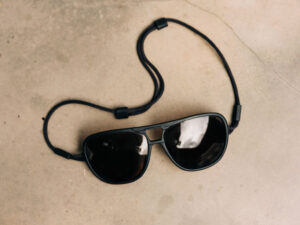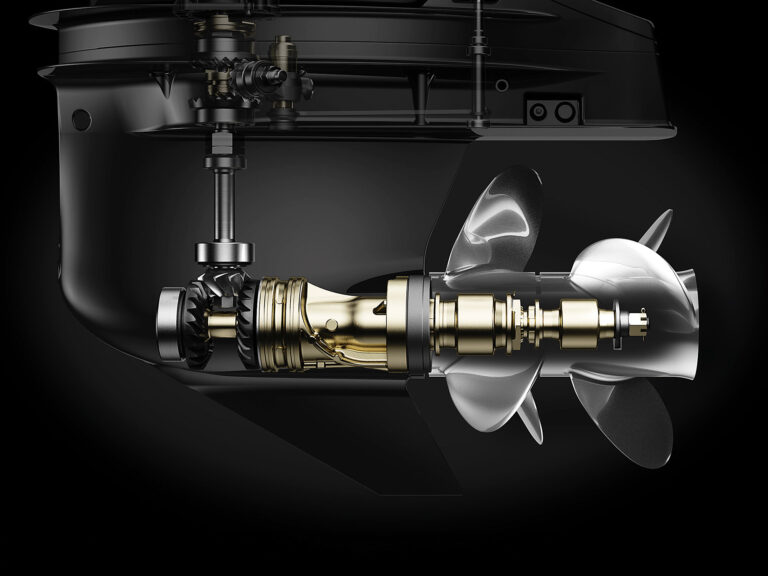The batteries weren’t that old, yet the starter labored with a reluctant “err…err…err” before the outboard eventually kicked over.
Bench-testing the three-year-old Optima Blue Top dual-purpose battery resulted in a clean bill of health.
On to terminals and lugs. I cleaned all the connections and retightened the nuts securing the cables to the batteries, battery switch, starter and engine block — all for naught. Starting remained anemic at best.
Next, I tested the cables for resistance using the ohm function of a multimeter, and that’s when the first clues emerged. Electrical resistance in the main negative cable connecting the engine to the batteries was off the charts. I found the same in a positive cable connecting one of the batteries to the battery switch. So, I installed new marine-grade tinned-copper cables. What a difference: The outboard fired up with a crisp vroom!
I also conducted an autopsy of the cables in which resistance was high. What I discovered was pure evil — crumbling wires as brittle as hay and black as coal. How had this condition set in?
The cables were seven years old — not ancient but, with 100 percent saltwater use, certainly susceptible to corrosion. Salt-laden moisture and perhaps battery-acid vapor had penetrated the insulation — either at the lug connection or through a pinhole. Once corrosion had gained a foothold, excess heat wrought by electrical resistance had cooked the copper filaments.
Bad cables can lead to other problems, including fire. As the alternator tries to move juice through the deteriorating wire, heat can climb to the point of combustion. A bad negative cable can also hamper an alternator’s charging capability. And an inability to return excess voltage to the battery can result in blown diodes.
So if the batteries seem weak, check your cables using these six proven tips.
Danger Signs
Listen: Weak starting performance is your first clue of something amiss. Don’t ignore it.
Touch: Feel each battery cable after a run. If one feels hot, search for the problem.
Smell: Overheating cables give off an odor. If you whiff something odd, address the issue.
Bend: Give each cable a gentle bend. If it resists and crackles, you’ve found a problem.
Look: Keep an eye on the voltmeter. More than 14.5 volts of output is a bad sign.
Test: Use a multimeter ohm scale to test for resistance. More than an ohm means trouble.









